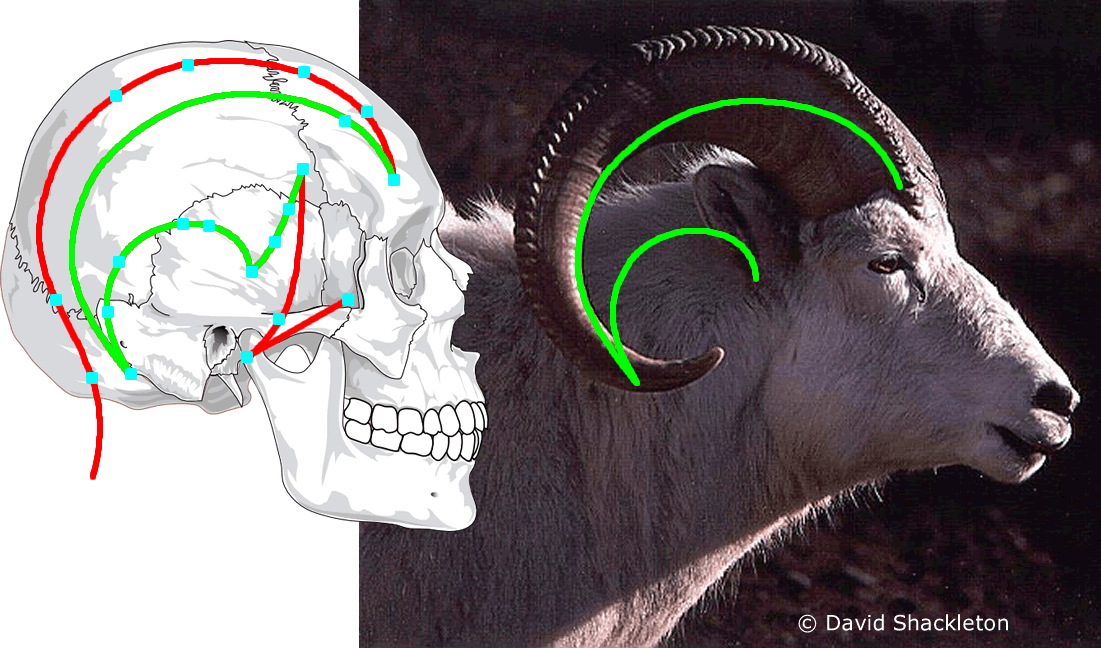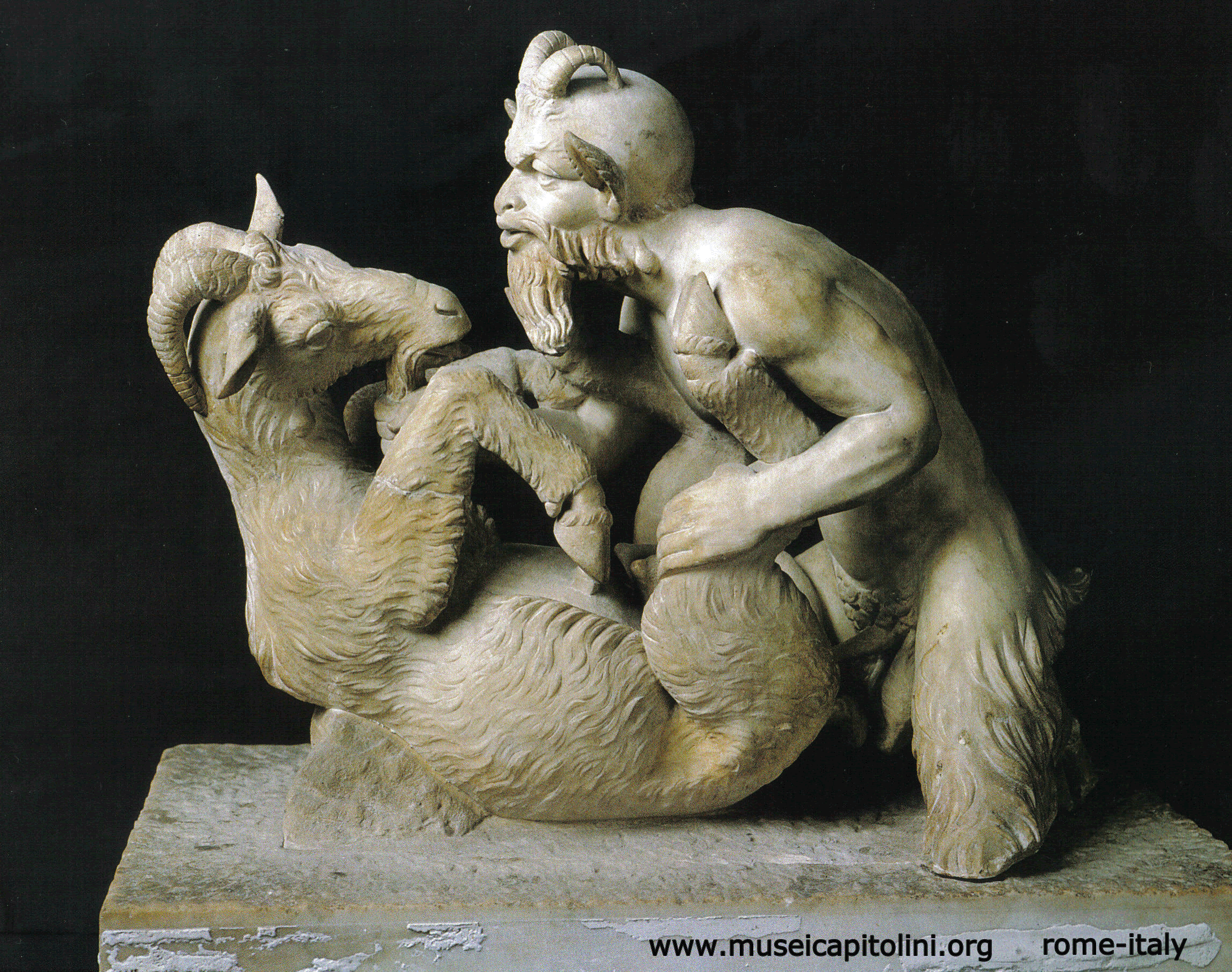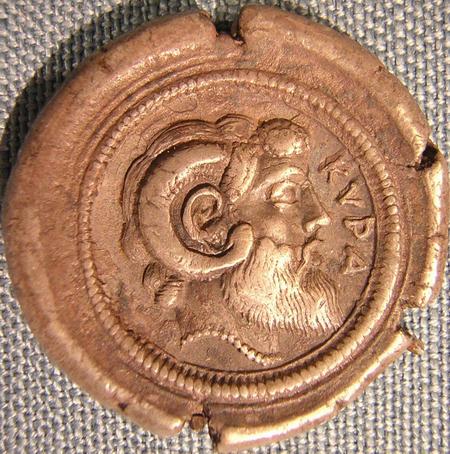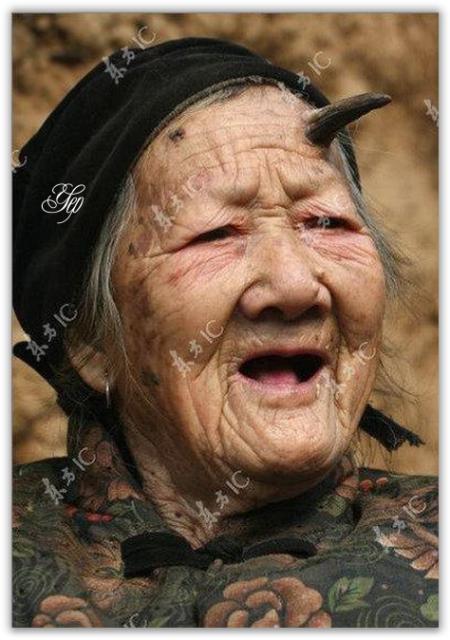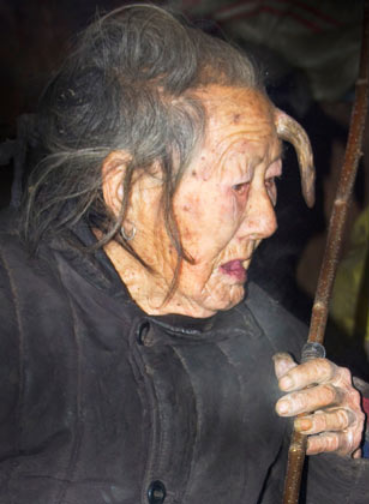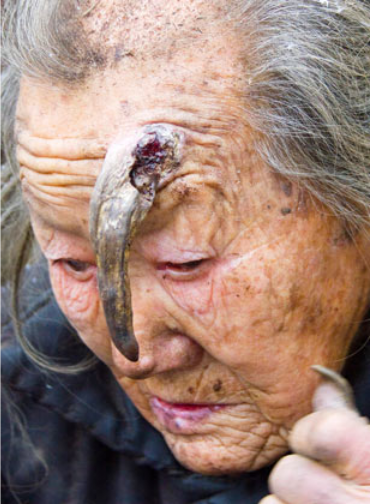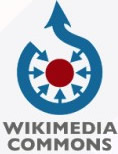|
Because of the Evolution did © 2008-2019 Stefano Marcelli
home/table of contents -
previous -
to be continued... | |
|
| |
|
"When comparing different species the ratio of brain weight to body
weight does present a correlation with intelligence, though the
actual brain weight has little or no effect. For example, the ratio
of brain weight to body weight for fish is 1:5000; for reptiles it
is about 1:1500; for birds, 1:220; for most
mammals, 1:180, and for humans, 1:50." (see
source) The picture below liken the human skull, with the gallbladder acupuncture meridian superimposed (red-green lines) to a ram skull. The two shapes appear enough to coincide, though not all herbivores have twisted horns or twisted in the same way. According to Traditional Chinese Medicine (TCM), the liver and its coupled organ gallbladder control brain functions and nail formation. Curiously TCM does report nothing about the relationship between meridians and horns, because in animals meridians were neither thought nor described. On the contrary, as a herbal drug horns are very important and prescribed on a regular basis. | |
|
| |
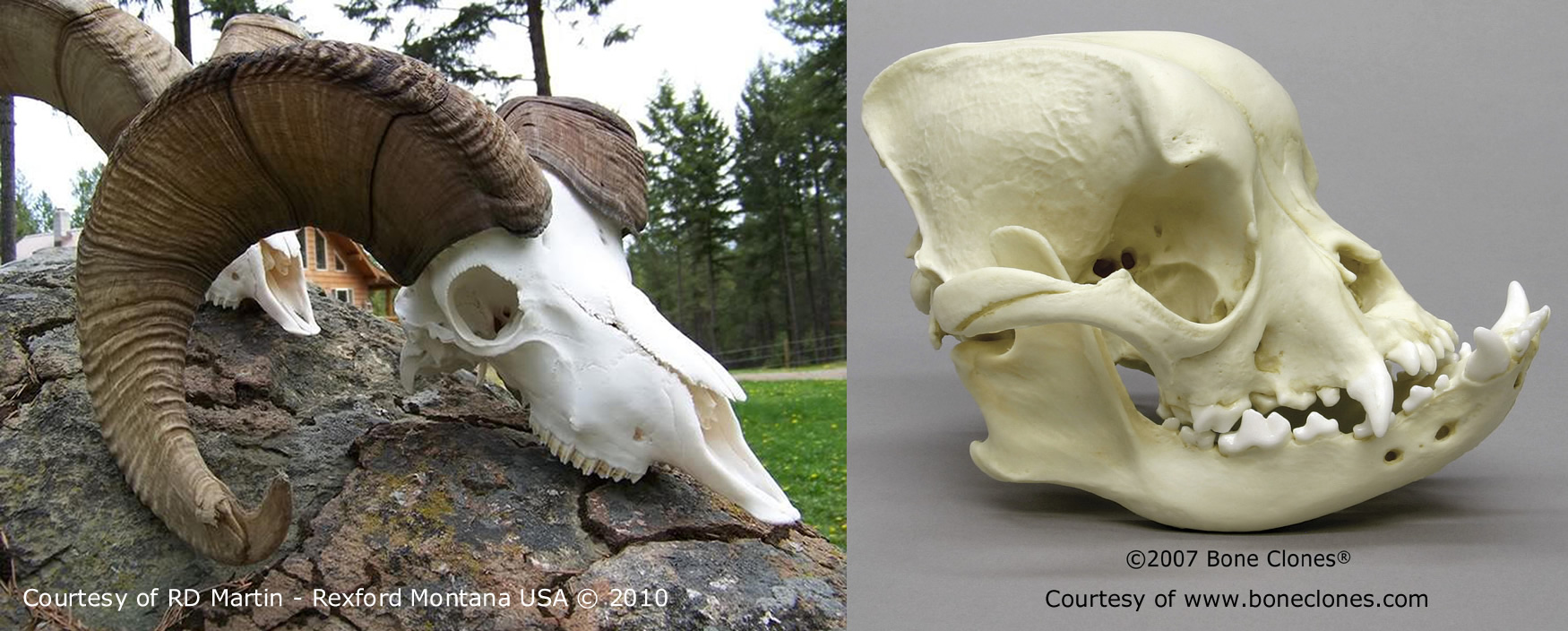 | |
|
In modern literature (wikipedia: Villa of the Papyri):Several scenes in
Robert Harris' bestselling novel
Pompeii are set in the Villa of the Papyri, just before the
eruption engulfed it. The villa is mentioned as belonging to Roman
aristocrat
Pedius Cascus and his wife
Rectina. (Pliny
the Younger mentions Rectina, whom he calls the wife of Tascius,
in Letter 16 of book VI of his Letters.) At the start of the
eruption Rectina prepares to have the library evacuated and sends
urgent word to her old friend,
Pliny the Elder, who commands the
Roman Navy at
Misenum on the other side of the
Bay of Naples. Pliny immediately sets out in a warship, and gets
in sight of the villa, but the eruption prevents him from landing
and taking off Rectina and her library — which is thus left for
modern archaeologists to find. | |
|
| |
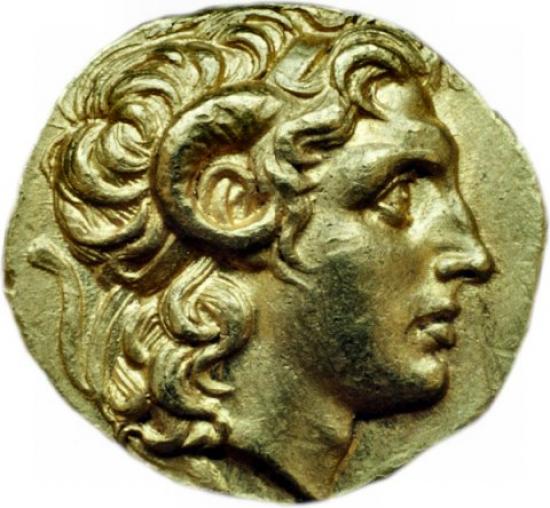 |
|
| Ammon's horns carved on ancient Greece coins celebrating Alexander the
Great (https://www.livius.org/aj-al/alexander/alexander08.html). Now let's follow the strange case of Zhang Ruifang and her forehead left horn: in the video linked below you find her and its detailed story. Again we have a concrete clue in favour of the hypothesis that the acupuncture meridian system is a morphogenetic structure of an unknown type. The path of the Gallbladder meridian over the skull of the vertebrates (man is among exceptions) can represent and guide the morphogenesis of at least two types of horns: of a ram and goat. The tip of the first would correspond to GB-12 point, that of the second to GB-14 point.
https://www.youtube.com/watch?v=mCMWRu_fL44&feature=player_embedded
|
|
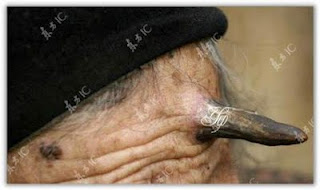 |
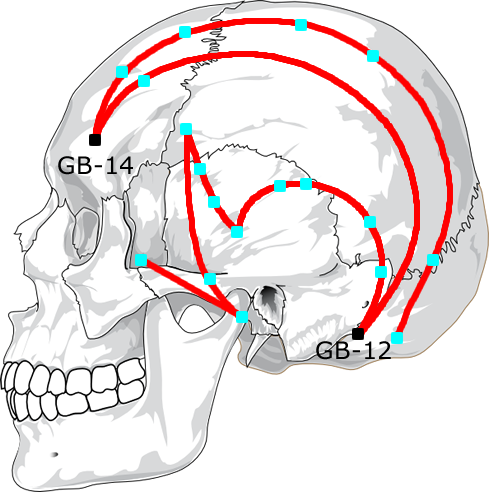 |
|
|
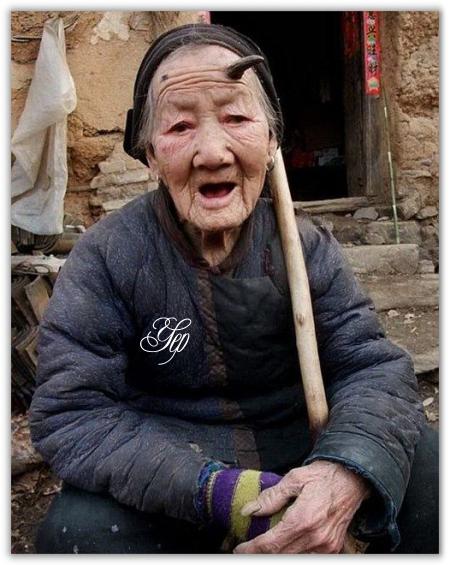 |
|
|
|
|
|
|
| home/table of contents - previous - to be continued... | |
